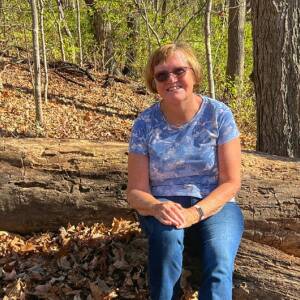Exploring the swamp
Monday
This morning, we took a boat trip into the Atchafalaya Basin. The Atchafalaya Basin, or Atchafalaya Swamp is the largest wetland and swamp in the U.S., extending about 20 miles from east to west and 150 miles in length. It is a combination of wetlands and river delta area where the Atchafalaya and the Gulf of Mexico converge. The Atchafalaya Basin and the surrounding plain of the Atchafalaya River is filled with bayous, bald cypress swamps and marshes, which give way to brackish estuarine conditions, and end in Spartina grass marshes where the Atchafalaya River meets the Gulf of Mexico. The few roads that cross the Basin follow the tops of levees, while Interstate 10 crosses the basin on elevated pillars on a continuous 18.2 mile bridge. The guy who took us out - there were five of us in the fairly small aluminum boat with a motor on the back - was 90 years old! He’s been doing this for most of his life, since his service days, so he obviously knows the swamp inside out, and was very knowledgeable. Unfortunately, it wasn’t a great morning for wildlife - he took us past three osprey nests, and we got a brief glimpse of a couple of alligators before they sank to the bottom, and saw a couple of mullet jump out of the water. Nonetheless, it was an interesting trip, seeing the differing habitats, shown in the top four images of my collage - the top left showing the boat launch area, between the two carriageways of I-10!
From there, we went to Acadian village, a recreated 19th century village, depicting the Acadian way of life among the swamps. The buildings are mainly original, but have been moved here from other locations. Driven by the British from Acadia in Novia Scotia, Canada, the Acadians (or “Cajuns”) settled along the bayous of Louisiana in 1764, working as farmers. For generations they were disparaged, and in the 20th century their culture came under threat, first when compulsory education was introduced, and the French language was forbidden, and later in the 1930s when some roads were built across the swam, opening their communities to a wider world. When oil was discovered, the transformation intensified. Their culture survived, largely due to their strong sense of family, and attachment to a place. The interiors and some of the displays looked as if they needed a bit of care and attention. There is another similar settlement, called Vermillioville, which we would have preferred to see, but unfortunately they were closed on Mondays! By this time, we needed to start on our long journey home, reaching as far as Grenada Mississippi for our overnight stop.

Comments
Sign in or get an account to comment.


